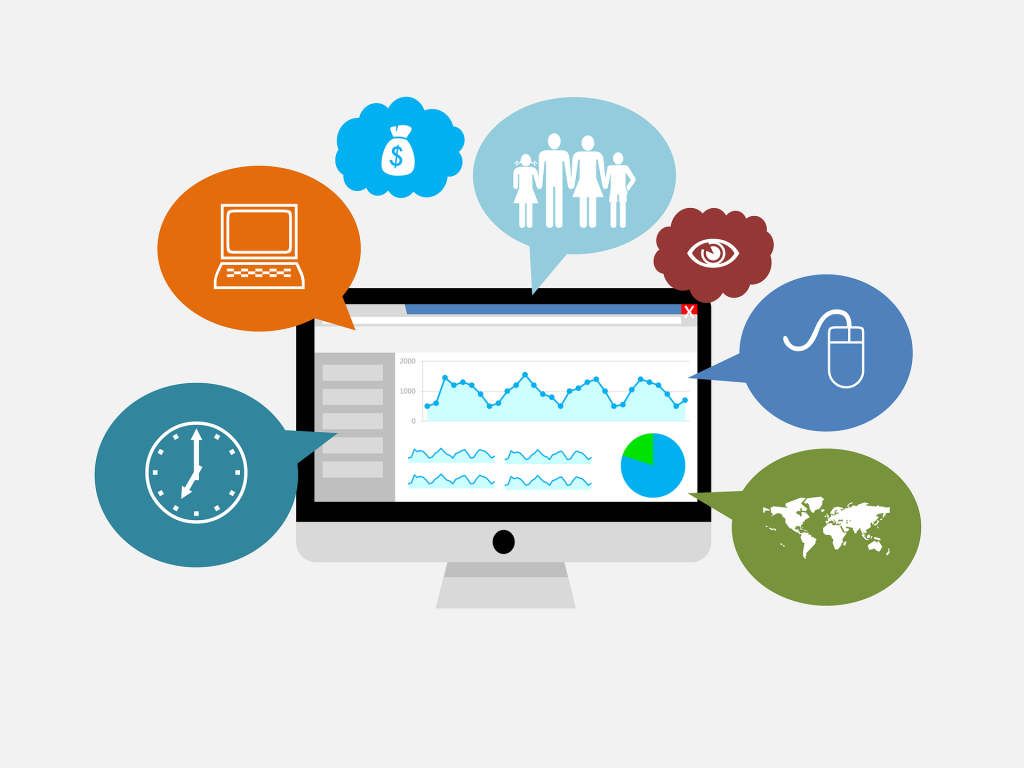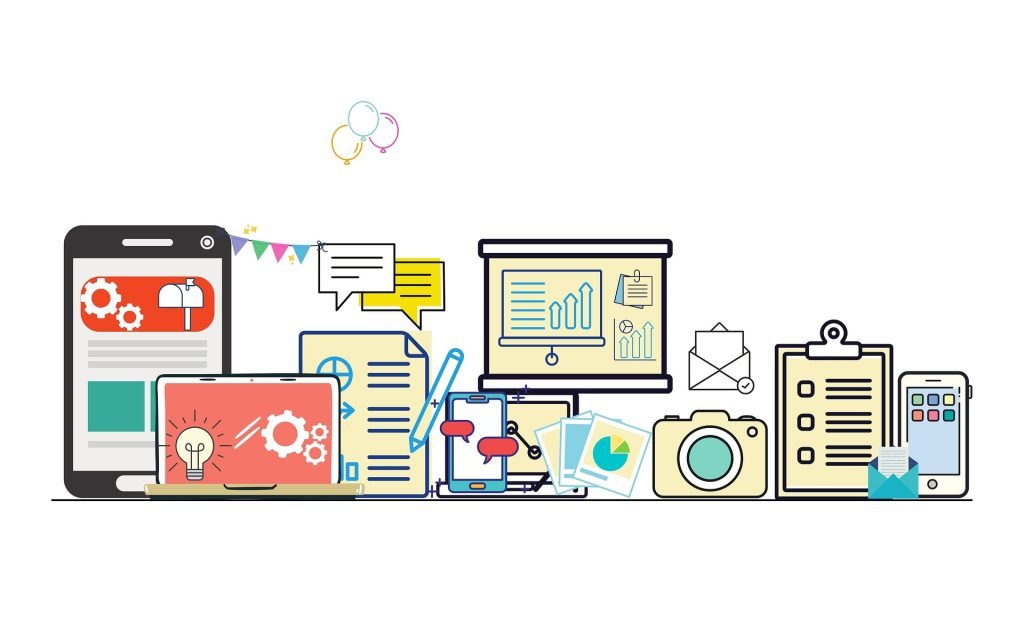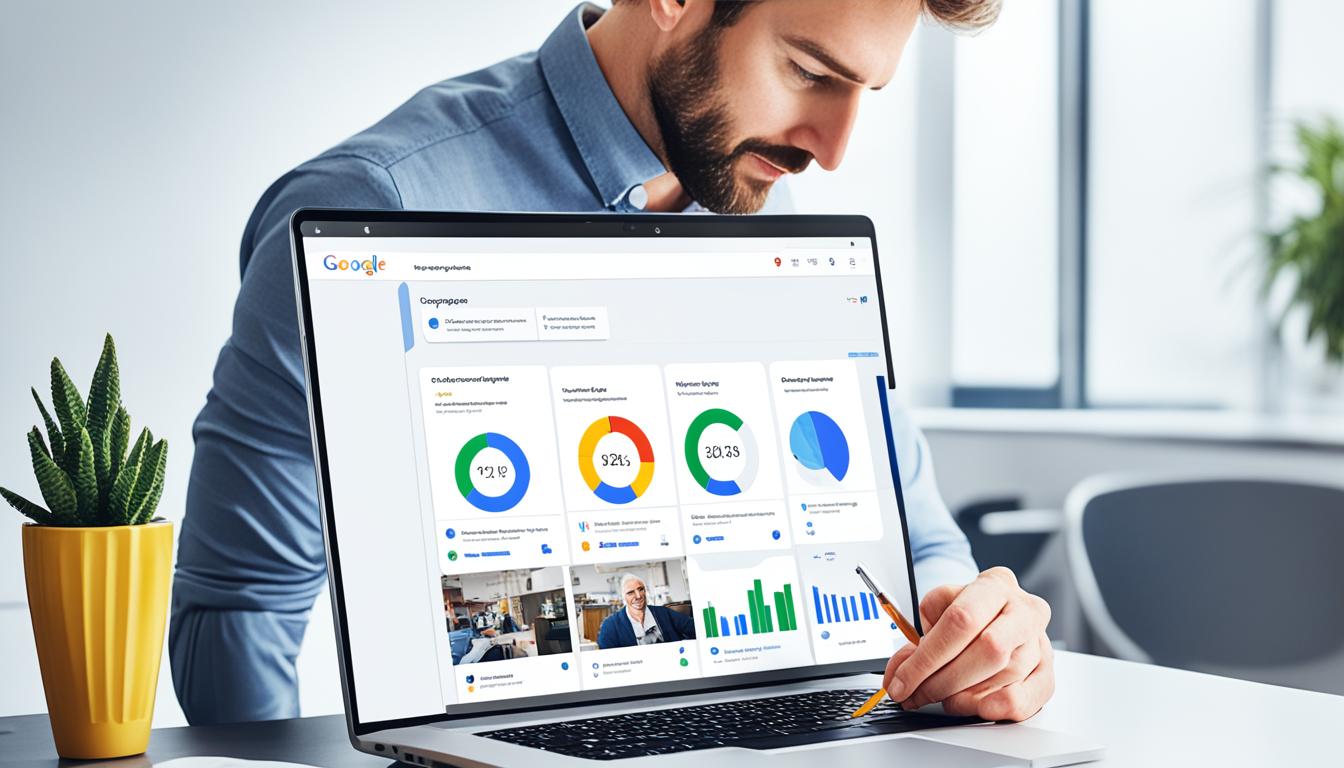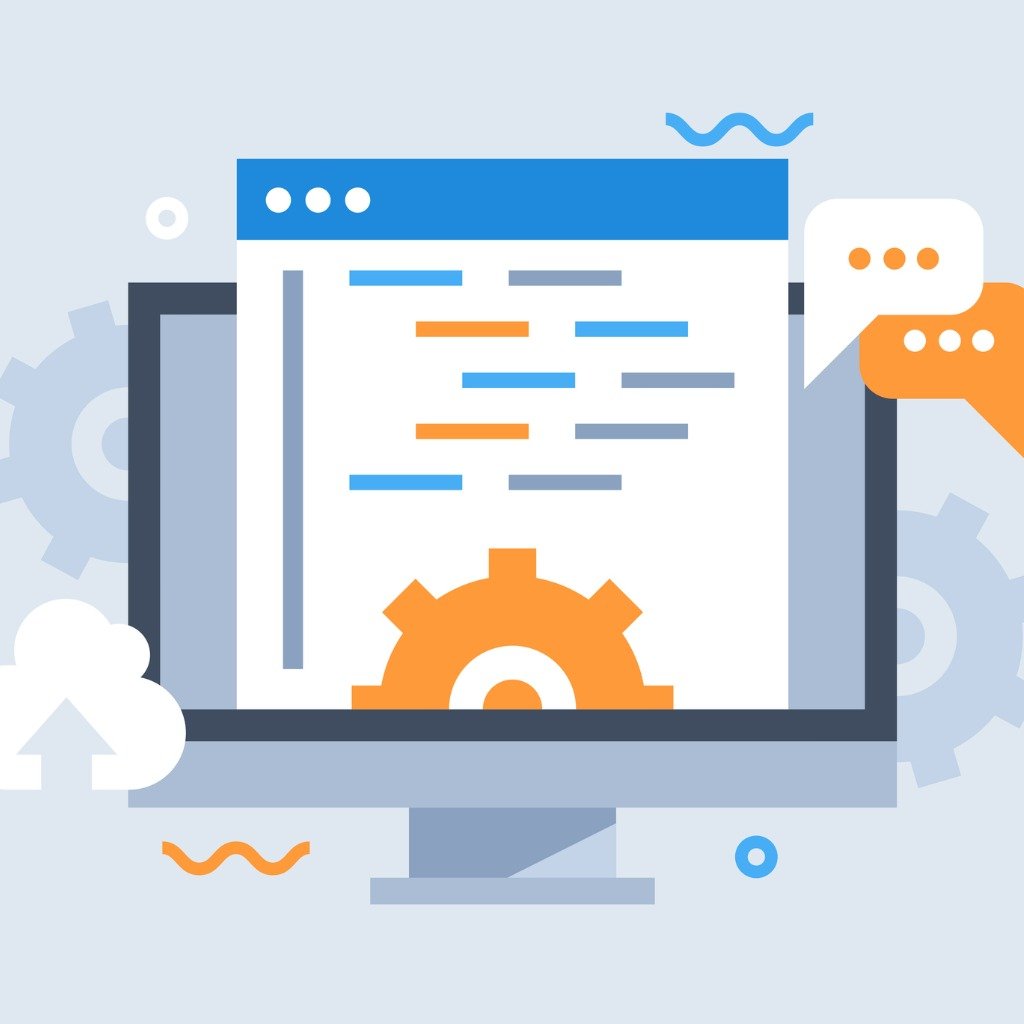What is a Digital Lead Generation Campaign
A digital lead generation campaign is a marketing strategy designed to attract and convert potential customers into leads through various digital channels. The goal of a digital lead generation campaign is to generate interest in a product or service and encourage potential customers to provide their contact information, such as their email address, in exchange for valuable content or offers.
Digital lead generation campaigns typically involve multiple tactics across different digital channels, such as email marketing, social media advertising, content marketing, and search engine optimization. These tactics are designed to drive traffic to a landing page or website where potential customers can learn more about the product or service and take a specific action, such as filling out a form or making a purchase.
Some common tactics used in digital lead generation campaigns include:
- Creating and promoting valuable content, such as eBooks, webinars, or whitepapers, that target the interests and pain points of your target audience.
- Using social media advertising to target specific audiences with offers or content that encourage them to visit a landing page and provide their contact information.
- Optimizing landing pages for conversion, by using clear and compelling messaging, user-friendly design, and effective calls-to-action.
- Implementing email marketing campaigns to nurture and follow-up with leads, using automation tools to personalize and optimize the content.
Overall, a successful digital lead generation campaign requires a well-crafted strategy that integrates multiple tactics across different digital channels, as well as ongoing monitoring and optimization to improve the results
Whats is the cost of a Lead Generation Campaign
Check out our lead generation costs on our SEO price page

What are the skills required to Create a Digital Lead Generation Campaign
Creating, operating, and managing a digital lead generation campaign requires a combination of technical skills, marketing skills, and experience. Here are some of the key skills and experiences that are important for creating, operating, and managing a successful digital lead generation campaign:
- Technical Skills: a) Knowledge of email marketing platforms and automation tools such as Mailchimp, ConvertKit, or HubSpot. b) Understanding of landing page design and optimization. c) Familiarity with analytics tools such as Google Analytics, to track and measure your campaigns.
- Marketing Skills: a) Ability to identify your target audience and create buyer personas that reflect their needs and interests. b) Understanding of lead magnet creation and effective lead capture techniques. c) Ability to craft compelling email campaigns, including subject lines, email content, calls-to-action, and automation sequences.
- Experience: a) Experience in digital marketing, with a focus on lead generation and email marketing. b) Experience in managing and optimizing digital marketing campaigns, and using data-driven insights to inform decisions. c) Experience in A/B testing, tracking and analyzing campaign metrics, and using these insights to optimize campaign performance.
Overall, creating, operating, and managing a digital lead generation campaign requires a range of technical, marketing, and analytical skills, as well as practical experience in digital marketing. By building on these skills and experiences, you can create effective lead generation campaigns that attract and convert leads into customers.
Essential Skills for Creating a Digital Lead Generation Campaign
Step 1: Define Your Target Audience
The first step is to clearly define your target audience. Who are your ideal customers? What are their demographics, interests, and pain points? This information will help you create personalized email campaigns that resonate with your audience.
Step 2: Build Your Email List
The next step is to build your email list. You can do this by offering a lead magnet, such as a free eBook or webinar, in exchange for email addresses. You can also collect email addresses through your website or social media channels.
Step 3: Create Compelling Email Campaigns
Once you have a list of subscribers, it’s time to create compelling email campaigns. This includes crafting subject lines that grab attention, writing engaging email copy, and including calls-to-action that encourage recipients to take action.
Step 4: Automate Your Email Follow-Up
Automation can save you time and ensure that no leads fall through the cracks. Use an email marketing platform to set up automated follow-up sequences that nurture leads and encourage them to take the next step.
Step 5: Monitor and Measure Your Results
Finally, it’s important to monitor and measure your email marketing results. This includes tracking metrics such as open rates, click-through rates, and conversions. Use this information to refine your campaigns and improve your results over time.
In conclusion, having an effective lead generation strategy can help small business owners attract more leads and convert them into customers. However, implementing and operating an email marketing lead generation and follow-up strategy takes time and skills. It’s important to invest in the right tools and resources, and to continually refine your approach based on data and insights. But with persistence and dedication, you can build a successful email marketing program that drives results for your business.
Now Lets look at The detail in your lead Generation Campaign
Creating and managing Emails
- Capturing Email Addresses: To capture email addresses, you need to offer something of value in exchange. This is commonly known as a “lead magnet”. Your lead magnet can be a free eBook, a webinar, a discount code, or anything else that your audience would find valuable enough to give you their email address. You can promote your lead magnet on your website, social media channels, and through paid advertising.
- Creating an Email List: Once you have captured email addresses, you need to store them in an email marketing platform. There are many platforms to choose from, such as Mailchimp, Constant Contact, and ConvertKit. These platforms allow you to create and manage your email list, as well as design and send email campaigns.
- Managing Your Email List: Managing your email list involves keeping it up-to-date and ensuring that you have permission to email your subscribers. Make sure to remove any inactive or bounced email addresses from your list, and avoid purchasing email lists or sending emails to people who haven’t opted in. This can result in high bounce rates and damage your sender reputation.
- Segmenting Your Email List: Segmenting your email list means dividing it into smaller groups based on specific criteria such as location, interests, or behavior. This allows you to send targeted and personalized campaigns that are more likely to resonate with your audience. Most email marketing platforms have segmentation features that make it easy to create targeted campaigns.
- Cleaning Your Email List: Cleaning your email list means removing inactive or invalid email addresses to improve your deliverability and open rates. Most email marketing platforms have built-in tools that can automatically remove bounced email addresses or inactive subscribers after a certain period of time. It’s also a good practice to periodically ask subscribers to update their preferences or confirm their subscription.
In conclusion, capturing, creating, and managing an email list is an important part of an effective email marketing strategy. By offering something of value in exchange for email addresses, storing them in a reputable email marketing platform, managing and segmenting your list, and cleaning it periodically, you can ensure that your emails reach the right people and achieve your marketing goals.

Create Compelling Email Campaigns
- Craft a Compelling Subject Line: Your subject line is the first thing your subscribers see, so make it count. Your subject line should be clear, concise, and attention-grabbing. Avoid using spammy or click-bait style subject lines, and instead focus on providing value and making a promise that you will deliver on in the email content.
- Personalize Your Emails: Personalizing your emails means addressing your subscribers by their name and tailoring your email content to their interests and needs. Most email marketing platforms have personalization features that make it easy to insert a subscriber’s name or other data points into your email content.
- Write Engaging Email Content: Your email content should be engaging and informative, providing value to your subscribers. Focus on telling a story or solving a problem that your subscribers might be facing. Use a conversational tone, break up your text into small paragraphs, and include visual elements such as images or videos.
- Include a Call-to-Action: A call-to-action (CTA) is a button or link that encourages your subscribers to take a specific action, such as visiting your website or making a purchase. Your CTA should be clear and prominent, using action-oriented language that encourages your subscribers to take the desired action.
- Test and Refine: Finally, it’s important to test and refine your email campaigns over time. Use A/B testing to compare different subject lines, email content, and CTAs to see what works best for your audience. Use your email marketing platform’s analytics to track your open rates, click-through rates, and conversions, and adjust your campaigns accordingly.
In conclusion, creating compelling email campaigns involves crafting a compelling subject line, personalizing your emails, writing engaging email content, including a clear and prominent call-to-action, and testing and refining your campaigns over time. By following these tips, you can create email campaigns that grab your subscriber’s attention, provide value, and achieve your marketing goals.
Capture, create, and manage an automated email follow-up sequence
- Identify Your Goals: Before creating an email follow-up sequence, it’s important to identify your goals. What do you want your subscribers to do? Is it to make a purchase, sign up for a free trial, or attend an event? By identifying your goals, you can create a sequence of emails that gradually move your subscribers towards the desired action.
- Map Out Your Sequence: Next, map out your email sequence. Determine the number of emails you want to send and the time intervals between them. For example, you might send a welcome email immediately after someone subscribes, followed by a series of educational emails over the next few weeks, and then a promotional email with a call-to-action.
- Write Your Emails: Once you have mapped out your email sequence, it’s time to write your emails. Each email should have a clear goal and provide value to your subscribers. Use a conversational tone, tell a story or solve a problem, and include a clear call-to-action that encourages your subscribers to take the next step.
- Automate Your Follow-Up Sequence: Most email marketing platforms have automation features that allow you to schedule your follow-up sequence in advance. Set up your sequence, including triggers that will start the sequence, such as subscribing to your list, and any conditions that will stop the sequence, such as making a purchase or clicking a link.
- Monitor and Optimize Your Sequence: Finally, it’s important to monitor and optimize your follow-up sequence over time. Use your email marketing platform’s analytics to track your open rates, click-through rates, and conversions, and adjust your sequence accordingly. Test different subject lines, email content, and calls-to-action to see what works best for your audience.
In conclusion, capturing, creating, and managing an automated email follow-up sequence is an important part of an effective email marketing strategy. By identifying your goals, mapping out your sequence, writing engaging emails, automating your follow-up sequence, and monitoring and optimizing your results, you can create a powerful tool that moves your subscribers towards your desired action, all while saving you time and effort.
Skills Needed to Manage a Digital Lead Generation Campaign
| Skills | Description |
|---|---|
| Technical Skills | |
| Knowledge of email marketing platforms and automation tools | Ability to use email marketing platforms, such as Mailchimp or ConvertKit, to design and automate email campaigns. |
| Understanding of landing page design and optimization | Ability to design and optimize landing pages to increase conversion rates. |
| Familiarity with analytics tools | Ability to use analytics tools, such as Google Analytics, to track and measure campaign performance. |
| Marketing Skills | |
| Ability to identify target audience | Knowledge of how to identify and research a target audience, and create buyer personas. |
| Understanding of lead magnet creation | Ability to create valuable content and offers, such as eBooks or webinars, to attract potential customers. |
| Ability to craft compelling email campaigns | Ability to write engaging email content, including subject lines, email copy, and calls-to-action, that resonates with the target audience. |
| Experience | |
| Experience in digital marketing | Practical experience in digital marketing, with a focus on lead generation and email marketing. |
| Experience in managing and optimizing digital marketing campaigns | Experience in managing and optimizing digital marketing campaigns, and using data-driven insights to inform decisions. |
| Experience in A/B testing and analysis | Experience in A/B testing and analysis to identify what works best for the target audience and optimize campaign performance. |
| Knowledge | |
| Knowledge of SEO principles | Understanding of search engine optimization (SEO) principles to optimize content and landing pages for search engines. |
| Knowledge of lead management systems | Understanding of lead management systems, such as Salesforce or HubSpot, to manage and track leads through the sales funnel. |
| Knowledge of compliance and regulations | Knowledge of compliance and regulations related to email marketing, such as CAN-SPAM laws. |
Here are some common Lead Generation Campaign Frequently Asked Questions
- What is an example of lead generation from SemLocal?
- An example of lead generation is a company offering a free eBook or whitepaper in exchange for a potential customer’s email address. The company can then use that email address to follow up with the potential customer and nurture them towards a sale.
- Which are the 4 steps of the lead generation process? The four steps of the lead generation process are
- Attracting traffic to a website or landing page.
- Converting visitors into leads by offering valuable content or incentives.
- Nurturing leads through email marketing or other channels to build a relationship.
- Converting leads into customers by making a relevant offer and closing the sale.
- What are the 3 approaches of lead generation? The three approaches of lead generation are:
a) Inbound marketing, which focuses on attracting potential customers through valuable content and SEO optimization.
b) Outbound marketing, which focuses on reaching out to potential customers through channels such as email marketing or telemarketing.
c) Account-based marketing, which focuses on targeting specific accounts or companies through personalized content and outreach.
- What does a lead generator do?
- A lead generator is responsible for creating and executing strategies to attract and convert potential customers into leads. This may involve creating valuable content, optimizing landing pages, developing email campaigns, and using analytics to track and measure campaign performance. The lead generator’s goal is to generate a steady stream of qualified leads that can be passed on to the sales team for conversion into customers.
Need To Know More About SemLocal:
For more information about SemLocal & Search Engine Marketing:
Contact us at:
Semlocal Limited, The Old Courthouse, 18 – 20 St Peters Churchyard, Derby. Derbyshire DE1 1NN
Website: www.semlocal.co.uk
Email: Hello@semlocal.co.uk
Local Rate: 01332 497496
WhatsApp: 07535 718516
Let’s Be Social







